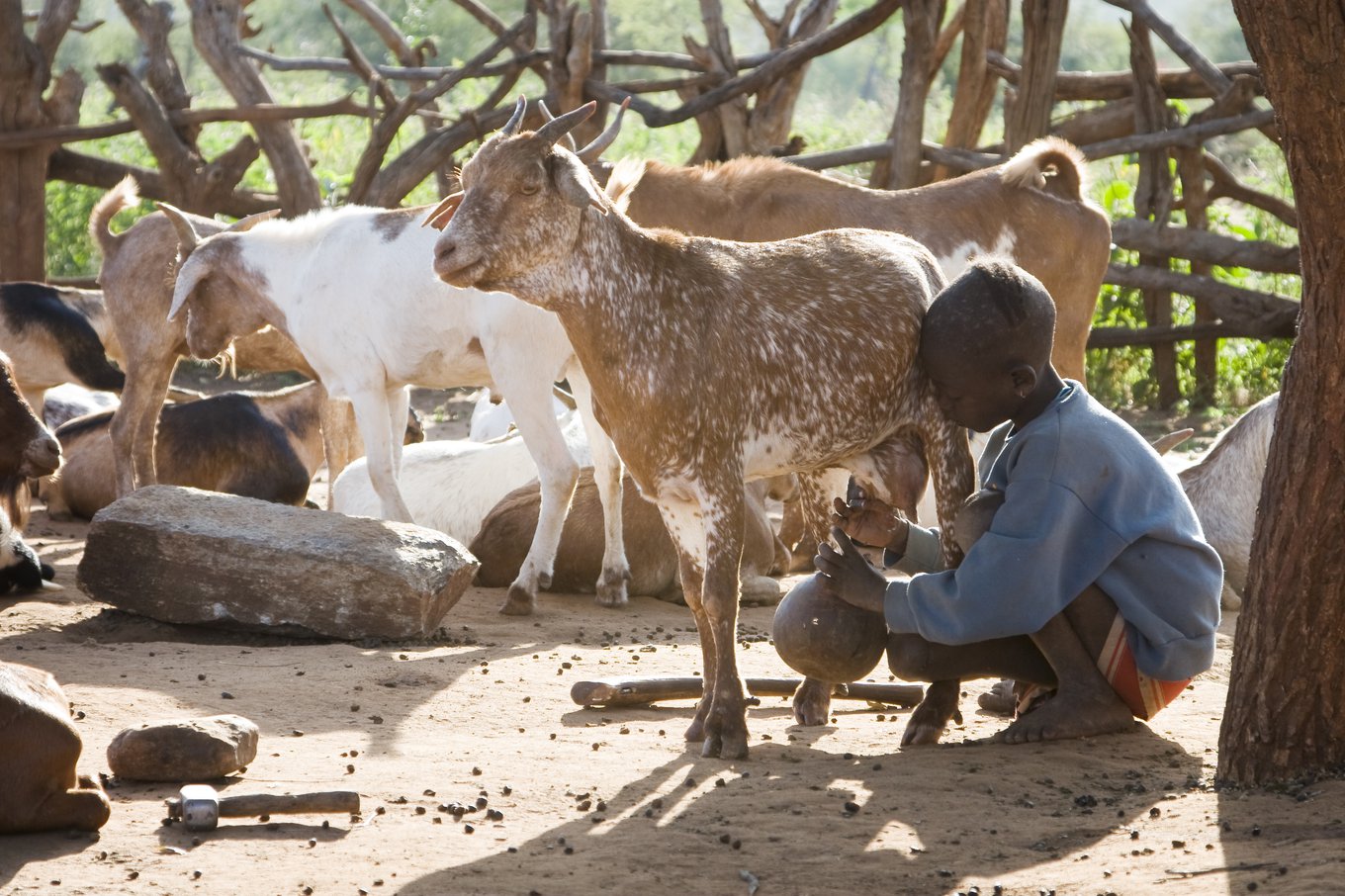H2H in action: LEGS profile

H2H in action: LEGS profile
H2H Network member The Livestock Emergency Guidelines and Standards (LEGS) helps people to manage and protect livestock during humanitarian crises. The organization uses a humanitarian-to-humanitarian (H2H) approach by helping first responders to better support livestock keepers affected by crisis. Coordinator Cathy Watson explains why LEGS is important, discusses issues around existing as a small livelihoods-focused organization outside the traditional ‘humanitarian sector’, and measuring impact as an H2H service provider.
The idea for LEGS came from a 2004 conference hosted by the Inter-African Bureau of Animal Resources (IBAR) focusing on pastoralism and complex crises. One of the key discussions was the need to improve the quality and timeliness of livestock responses in emergencies. There was consensus that we needed something like Sphere Standards, but specifically for working with livestock keepers. “Support for this population needs more attention”, said Cathy, reflecting on what was said at the conference. “Responses are often running late, they’re poor quality, they’re inappropriate. You get a drought and the feed finally arrives on the same day as the rains.”
Two key lessons we learned from the Sphere Standards: Independence and consultation
“From the outset, we tried to involve as many people as possible in the development of LEGS. We ran consultations, we put together a first draft and put it on the website with a feedback form, and established a mailing list and we said “send in your comments”, your case studies, your information (…) Like Sphere, we credited everybody who contributed in an annex. And that actually helped a lot because people felt like they had been part of a process.”
Maintaining independence from donors and large organizations was also a key principle. “We wanted LEGS to be for everyone, to make it clear that we weren’t trying to promote anything other than the good practices that we had garnered.”
I think all H2H Network members are unique in different ways. As LEGS, we’re a bit unusual because many of our users are not ‘regular humanitarians’. They are livestock specialists, veterinarians (...) How do we relate to saving lives? Saving livelihoods is not quite the same as saving lives but we believe that it is vital in the longer term.
A lot of people think that livestock have nothing to do with emergencies. Our argument is different -- we advocate for livelihoods-based response as a core feature of any humanitarian response. It should be a part of the thinking during any crisis, and not an add-on afterwards. Being part of the H2H Network and the Humanitarian Standards Partnership gives LEGS an opportunity to connect to humanitarian service users and other humanitarian service providers. “When I saw that there was a nascent network of this type”, said Cathy. “I knew I wanted to follow up on it because we want to be part of the humanitarian debate, raising awareness and encouraging uptake of LEGS. We believe we have a role to play (…) The network is a platform where LEGS can increase knowledge and understanding about the availability of LEGS, both within the H2H membership and to the people accessing the network for technical services.”
Ways of working, training trainers
One of the main ways LEGS supports the humanitarian sector at large is through the training programme. “The key resource is the handbook, and that’s where all the information is, but then we have a three-day training programme that explains the LEGS approach and the contents of the handbook” explains Cathy.
“The training course is run by anybody who has been through a LEGS Training of Trainers course (…) Quite often, international NGOs facilitate the training together with their local partners, including local government and a wide range of local actors. (…) I’ve got on record about 9.5k people around the world who have been trained in the LEGS through one of these courses.”
Challenges around measuring impact as a H2H organization
“As an H2H organization, we face specific challenges measuring impact, and with MEAL in general. LEGS is not written for affected populations, it’s written for people who are supporting them and working with them. Our aim is to encourage those people to work in participatory ways with the affected communities. But because LEGS is several layers removed, because we’re not actually operational but rather supporting the wider response, MEAL and impact measurement can be tricky. The extent that we have actual field examples is really dependent on people reporting back to us.” However, we do use a series of indicators to measure the uptake of LEGS (though the handbook, training etc.) as proxy indicators of potential impact.
To learn more about the Livestock Emergency Guidelines and Standards, LEGS training or impact measurement, visit their website.
Sign up to our newsletter
The latest H2H Network news, impact stories and resources, sent straight to your inbox every month.